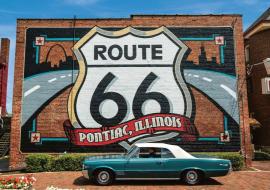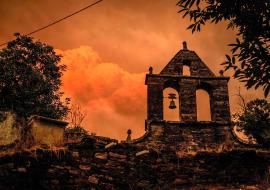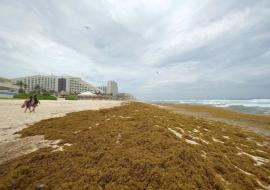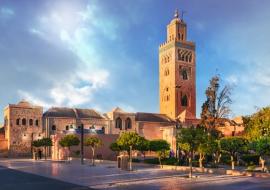The Santiago de Cuba Bay
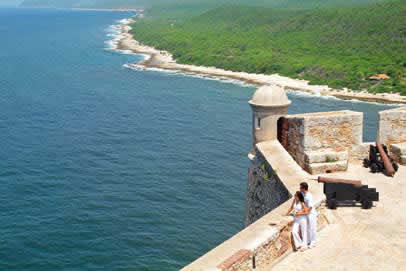
Many people have grown up in Santiago de Cuba, listening to their compatriots say that the bay was discovered by Christopher Columbus. The truth is that, according to notes on his Navigation Diary, he entered the bay on May 1, 1494, during his second trip to explore the south coast of Cuba.
Click on Santiago de Cuba: A City of 500 Years
He spent three days there and then he sailed to Jamaica, looking for the coveted gold. The sailor described on his diary the lush wildlife around the virgin bay. Archaeological studies have shown that there were native settlements in the area way before Columbus discovered it.
The excellent Spanish sailors settled down around the bay. Docks were built as a result of the trade operations developed among the city, the metropolis and the rest of the continent. The area we know as “Marina Plan” was a strip around the coastline, with boggy areas. It remained so until the 18th century because of the lack of urban plans. The Royal Dock was right in the center.
The Harbormaster’s Office was based near the dock, where the Spaniards brought the corpse of the Father of Homeland, Carlos Manuel de Cespedes, on March 1st, 1874. Several developments took the coastal over the years, such as the Railroad Dock and the Cabotage Dock, which would be later called Light Dock.
Other docks played a leading role in the economic development of the city: Punta de Sal Dock, used to export copper, and the Railroad Dock, built at the end of Providencia Street as a platform to export honey. The last one is no longer there because a seawall was built in that area during the Republic, where Terminal 620 was established (supply tanks for ships).
This process was complemented by the construction of warehouses and buildings, such as the Customs Office and the Harbormaster’s Office. These premises were brought up to date with the North American intervention, so the bay, its port and coastline gained momentum during the 20th century in terms of the economic development of the province.
That’s the reason why, as part of the projects to salute the 500th anniversary of the foundation of Santiago de Cuba village, the City Curator’s Office, in coordination with other entities and the top authorities of the province, are not only working to restore the promenade, but to recover the historic memory of such an important place.








